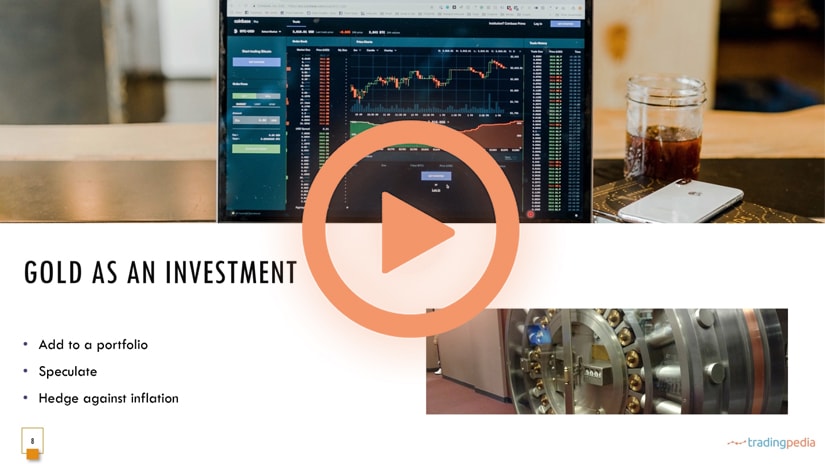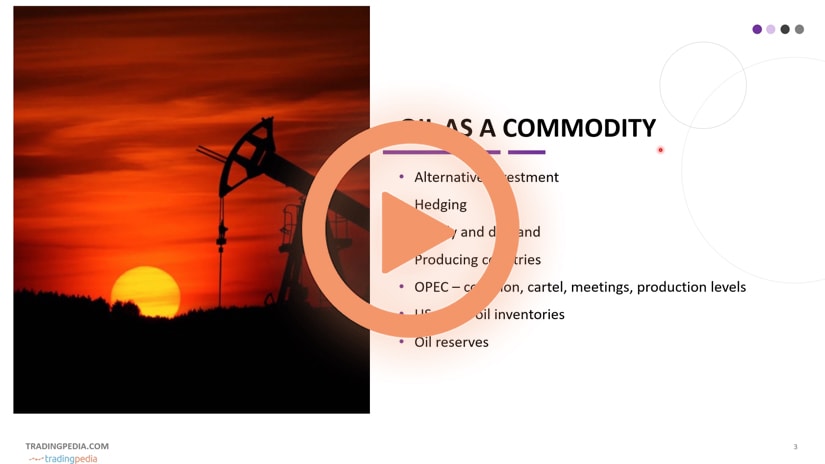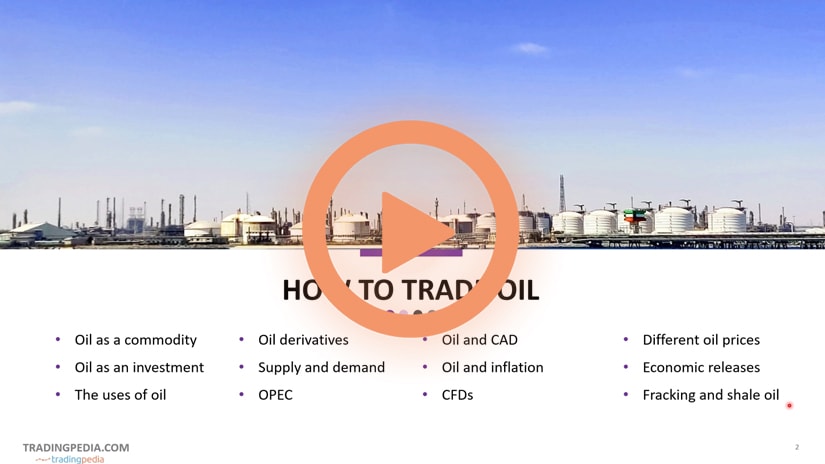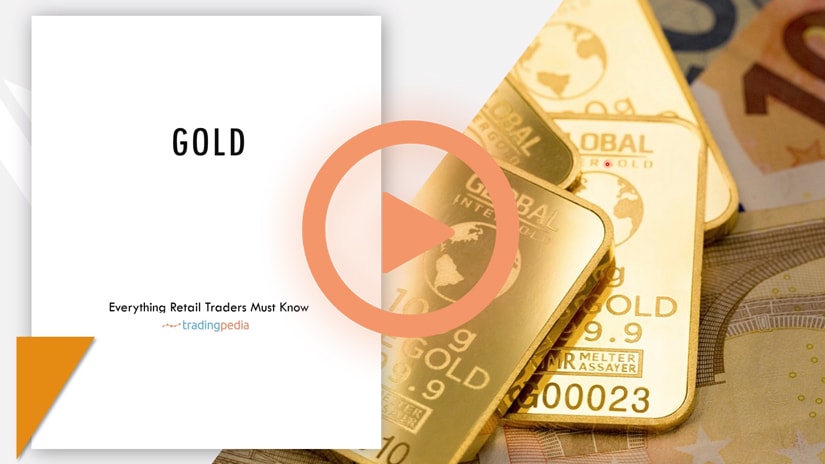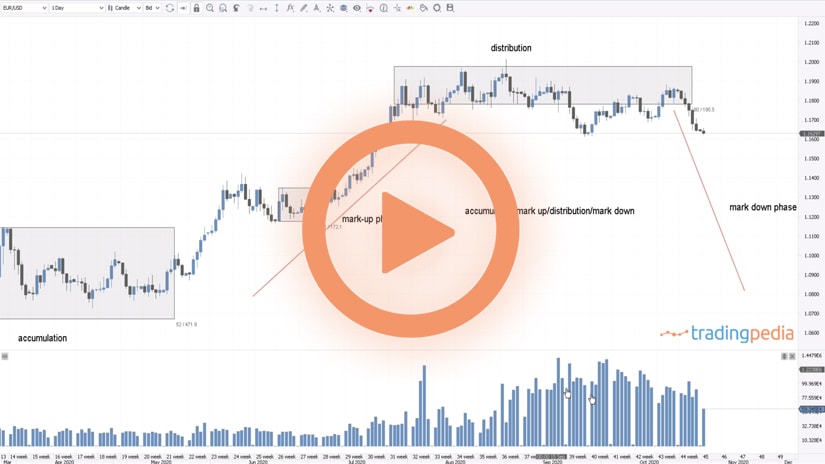
Hello there, this is tradingpedia.com and in this video continues our series dedicated to trading oil – what should the retail trader consider when trading the oil market. We have discussed so far generalities of the oil market and what can be done from a barrel of oil and it is important to know that this is a commodity. Therefore, the demand and supply levels influence the price levels.
Price of Oil and The Demand For It
There is also a strong connection between the price of oil, the demand for it, and how it influences the balance of power around the world. For instance, we have mentioned earlier OPEC. In 2020, in April, the price of oil collapsed below the zero level on the futures contract. It meant that it was no demand for oil, with most of the world’s economies on the lockdown.
In response, the oil-producing countries came together and cut the production levels so that the supply met the demand. This was the demand in April, and it shows how the main by-products of oil. The gasoline here shows that the gasoline market is still a big chunk in the monthly demand of oil. This is 2020, but if you go more back in time you will see that the gasoline part is declining, while the share for other by-products is increasing, because there is no substitute for oil for many other industries.
We also said that from one barrel of oil is responsible for electricity too, and other by-products. When OPEC countries came together to respond to the decline in the oil demand and in the price of oil. Therefore, OPEC shrank the supply, even though this is not a simple thing to do. When it comes to oil, it is difficult to stop production from one day to another. To stop a well from producing is also a very costly process.
Oil in the Middle-East
The discovery of oil in the Middle-East changed the world. Oil is responsible for one of the most interesting trades we have seen in decades. In order for the USD to remain the world’s reserve currency after the Nixon shock in the 70s when the United States dropped the U.S. standard and the other countries needed to still trust the USD. How to do that?
In a smart move, the United States went to Saudi Arabia and convinced the country to sell its oil in USD and invest the proceeds into the US treasuries. In exchange, the United States would offer military protection. Soon, other countries followed the same path and so was the petrodollar was born.
Related Videos
Oil Industry in Canada
Some economies are literally dependent on the oil industry. Canada is just an example, but think of Norway, United Kingdom, or the United States, and not only to the Middle East countries. Canada is a good example to show how oil plays an important role in a developed country. Canada is an energy-intensive country and the Canadian Dollar, and the price of oil have a positive, direct correlation – when the price of oil declines, so does the Canadian Dollar.
When the price of oil dropped from the $100 level a few years ago to below $30, the Canadian dollar fell to 1.46 against the USD. Therefore, when trading the Canadian dollar, one should pay attention to the price of oil, OPEC meetings, oil inventories, and so on. The price of oil also has a big influence on the Canadian GDP. Imagine selling oil at $100 or at $30 or $40 – not to mention -$40 as it was in April.
Stay tuned for the next part. Bye bye.
